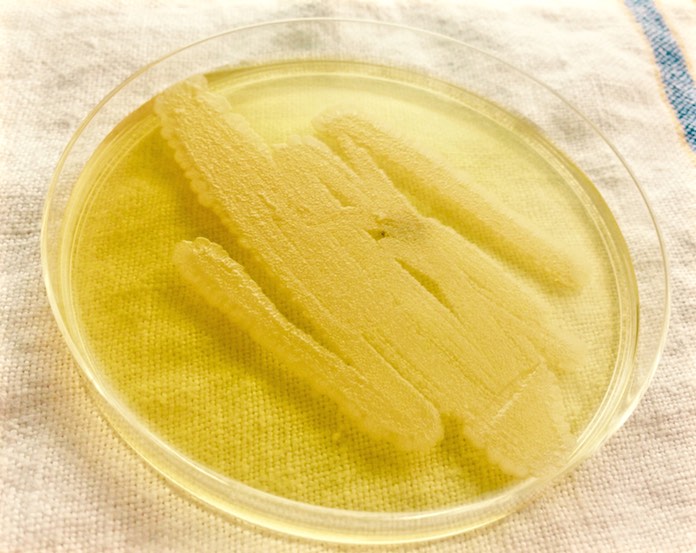A Salmonella paratyphi outbreak associated with raw tuna or salmon was reported by the Clark County Health Department in Washington state on October 26, 2017. At least 30 people in 7 states have been confirmed ill with the outbreak strain of Salmonella. All are sick with the same strain.

This outbreak was gradually uncovered during the month of September and into October, 2017. Out of fourteen people who were interviewed by officials, eleven said they ate raw seafood before they got sick. That’s a much higher percentage than the number of people who eat sushi in a week in the general population, and is considered epidemiologic evidence of a probable cause.
Relish Foods recalled raw frozen tuna loins and tuna steaks last week, and Salmonella was found on those products. But the strain of Salmonella on the seafood did not match the outbreak strain taken from patients. The states where the ill persons live are Washington, Oregon, Texas, Florida, California, Hawaii, and New Jersey. The recalled tuna was sold in Washington, Wyoming, Utah, Montana, Oregon, California, Nevada, Idaho, Arizona, and Texas, so there is some overlap.
So how does raw tuna or salmon become contaminated with pathogenic bacteria? It actually happens more often than you think.
In 2015, a Salmonella outbreak linked to frozen, raw tuna used for sushi sickened 65 people in 11 states and hospitalized 11 of them. And in 2012, a Salmonella outbreak linked to raw, scraped tuna sickened 425 people in 27 state and the District of Columbia.
Tuna does not naturally carry Salmonella bacteria, unlike cows and chickens, so it has to come from somewhere else. The tuna in the 2012 outbreak was imported from India. The contamination there could have occurred in polluted waters, or in a processing plant. It could also be contaminated anywhere along the supply chain. Contaminated imported raw seafood have caused other outbreaks, including the huge hepatitis A outbreak in Hawaii last year that sickened 291 people.
Another factor may be the way the tuna is processed. Tuna used to make sushi is often deep frozen to kill parasites so it can be eaten raw. But freezing does not kill Salmonella bacteria.
So how do you protect yourself against illnesses if you choose to eat raw fish? First of all, don’t eat raw seafood or meats if you fall into a high risk group: the elderly, people with chronic illnesses, those with compromised immune systems, and pregnant women. Second, if you do choose to eat raw fish, make sure the restaurant or vendor you buy from has impeccable standards and hygiene. It is, though, possible to get sick even at a very expensive restaurant.
The symptoms of a Salmonella infection include fever, abdominal cramps, diarrhea that may be bloody, nausea, and vomiting. Most people get sick within a few hours to a few days after eating a contaminated food. And most do recover on their own without seeing a doctor. But others may develop dehydration or sepsis and require hospitalization.
If you have eaten raw tuna or salmon in the past month and have been experiencing these food poisoning symptoms, see your doctor. Your case may help solve this outbreak. And since Salmonella infections can lead to serious complications later on, your doctor should know about this illness now.
Pritzker Hageman law firm helps people sickened by food contaminated with Salmonella and other pathogenic bacteria get answers, compensation and justice. We protect our client’s legal rights. Our lawyers represent families of children in personal injury and wrongful death lawsuits against importers, grocery stores, food producers, shippers, restaurants, retailers, and schools. Attorney Fred Pritzker recently won $7.5 million for young client whose kidneys failed after he developed hemolytic uremic syndrome because of an E. coli infection.




